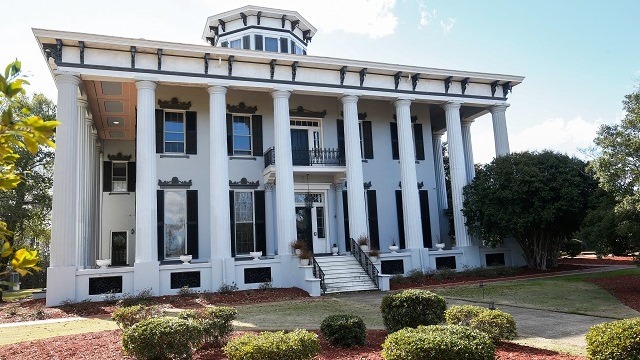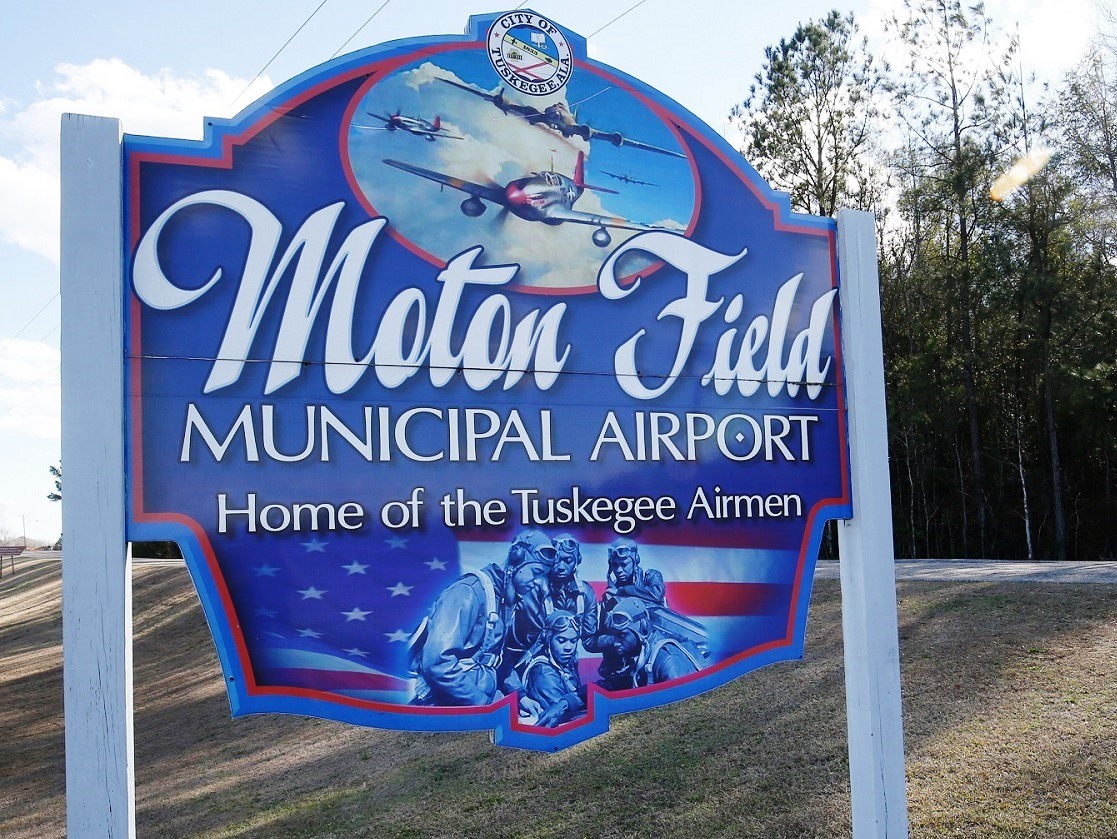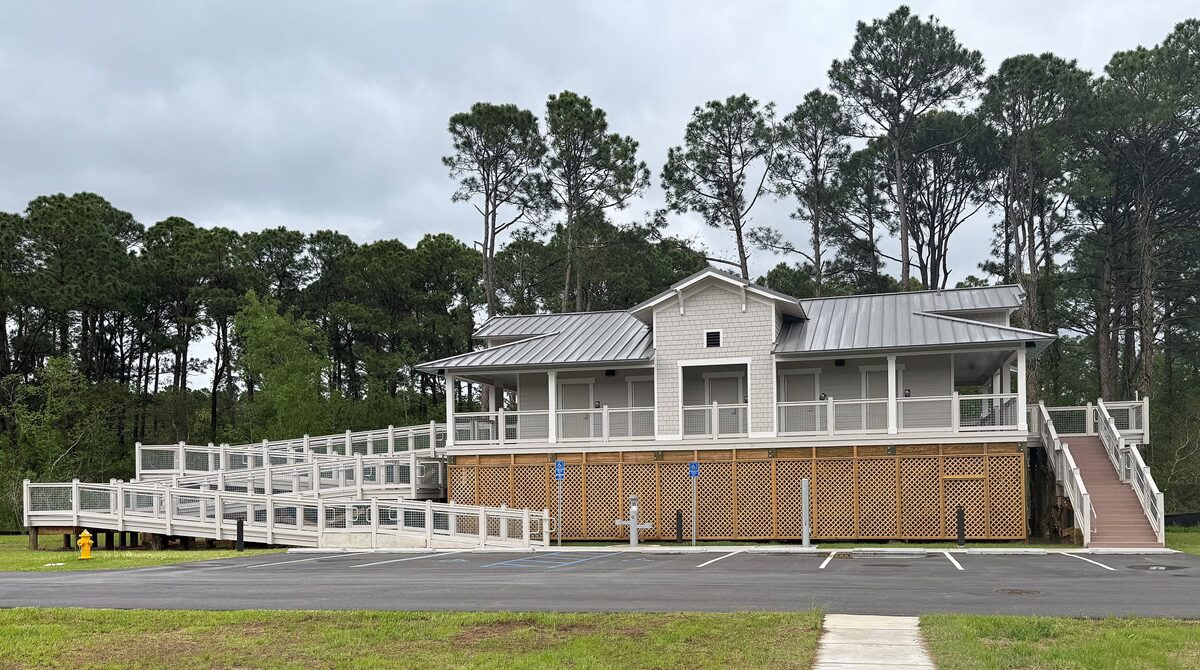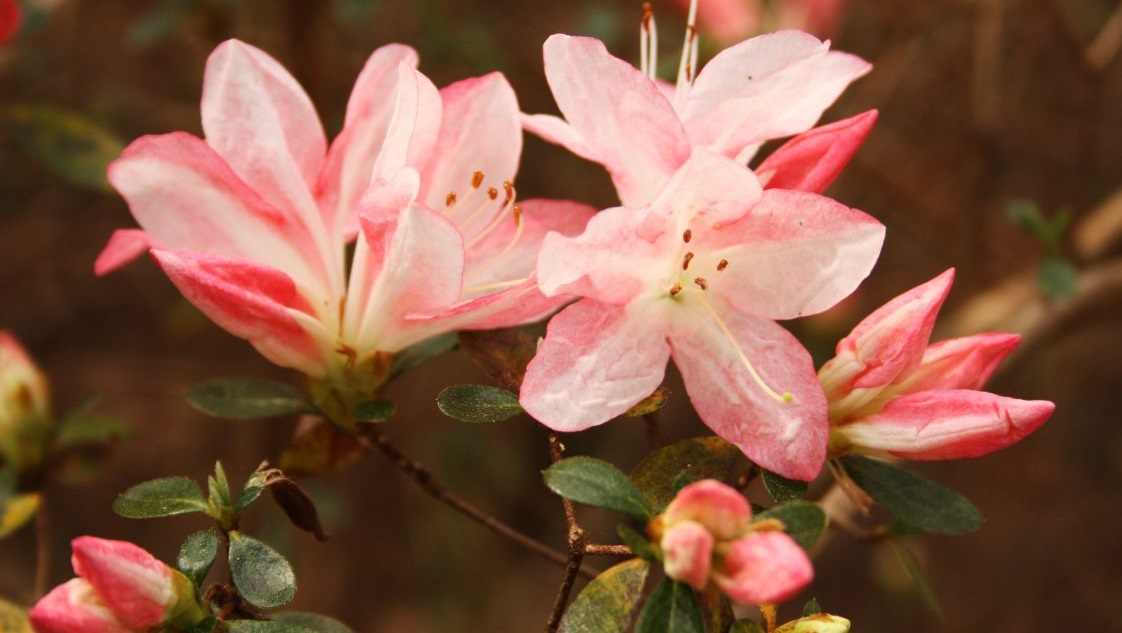Few towns had bigger impact on modern African-American history than Tuskegee

Grey Columns, a historic antebellum mansion that serves as home to the president of Tuskegee University. (Contributed)
Good Towns: Tuskegee
Regions Bank is highlighting cities in its “Good Town” series, which spotlights Alabama towns with an emphasis on the character, history, people and unique things that make them special.
Despite a population of just under 10,000, few towns in the South have had as much of an impact on African-American history as Tuskegee, especially in the past century. Tuskegee native Rosa Parks brought the struggle of the civil rights movement to a national audience when she refused to give up her seat on a Montgomery bus. Tuskegee was part of a landmark voting rights case, Gomillion v. Lightfoot, which found unconstitional the gerrymandering of state legislative districts to limit the black vote.
Yet Tuskegee’s history goes much further. Spanish explorer Hernando de Soto’s expedition took him through the area in the 15th century. Native Americans lived there first and remained until settlers arrived in the early 19th century.
Situated 40 miles east of Alabama’s capital city, Montgomery, and a short commute from Auburn University, Tuskegee retains the charm of small-town America. Yet the people the town and historic Tuskegee University have produced resonate throughout the world.
Booker T. Washington founded the university, and George Washington Carver earned international acclaim for innovative agricultural science. Authors Ralph Ellison and Zora Neale Hurston shed light on the African-American experience and brought new respect for American literature. Radio personality Tom Joyner and actor Keenen Ivory Wayans came of age at Tuskegee University. “Good Morning America”’s Robin Roberts was born there.
The Tuskegee Airmen changed the perception of courage and valor during World War II. And a musical group that originated at Tuskegee Institute emerged as one of Motown’s greatest rhythm and blues acts of the 20th century. That band? The Commodores.
“This is a great historical town with a tremendous spirit,” said Tuskegee Mayor Tony Haygood. “What developed here in terms of education, science and medicine, music and civil rights – so much has come out of this town that has an impact on the world.”
A real brickhouse
In 1968, a group of freshmen at Tuskegee Institute began jamming, creating a fusion of funk and soul that would eventually top the pop music charts. Four years later, the Commodores were signed by Motown Records and gaining fame as the opening act for the Jackson 5. Their regal name was taken at random, thanks to a dictionary that opened to the perfect place when the band was stuck for ideas.
Nearly a half-century later, the group’s history is honored in an old brick building on East Martin Luther King Jr. Highway called, simply, the Commodore Museum. Open to the public from 10 a.m. until 6 p.m. Tuesday through Saturday, the museum features the band’s original stage uniforms and instruments, memorabilia and vinyl recordings of the likes of “Brick House,” “Too Hot to Trot,” “Three Times a Lady” and “Easy.”
The real treasures are in the back wing, which includes a stage for rehearsal and debuts of new material, a recording studio and “The Pit,” where band members cut business deals and brainstormed tour ideas and new songs.
For Johnny Bailey, the band’s former bodyguard, preserving the group’s creative refuge is a work of love. “I was just a country boy, but they trusted me to take them all over the world,” Bailey said. “Now I want to share these memories with everyone.”
The Commodores acquired the building — formerly the headquarters of a construction company owned by the current mayor’s family, and an annex of a local community college — after their initial success at Motown. The reason, Bailey said, was practical. “Motown was so expensive. They could come here and create, do all the work, and then go back to Motown and mix it and lay it down in wax.”
Out front, Commodores videos play from the band’s heyday, from televised appearances and concerts. There’s also video featuring country/rock crooner Kenny Rogers singing a song penned by founding member Lionel Richie, “Lady.” The song was a huge hit for Rogers, and his television special, with the Commodores, was filmed on the back stage of the Commodore Museum.
A Tuskegee native who left the group in 1982 to pursue a solo career, Richie still owns a home near the college campus. His first visit back to the museum left him reflective.
“Lionel was like a kid again, seeing all these memories come alive,” Bailey said. “It was a fun visit, and an emotional day for both of us.”
The center of it all
At the heart of the small downtown, local businesses surround a grass- and tree-lined park. An old statue commemorating the homegrown troops during the Civil War stands high in the middle. College students from Auburn and Tuskegee are working on a landscaping plan to enhance the square for decades to come.
Businesses range from a computer repair shop to a fashion boutique to a restaurant and a local music venue. The former movie theater houses a bank branch.
“Town Square is one of our treasures, and we want to make it the center of everything in Tuskegee,” Haygood said. The city recently had its first Movie Night on The Square and plans to expand the event this spring and summer.
One of a handful of local buildings on the National Register of Historic Places, the Judge Aubrey Ford Jr. Justice Center adjacent to the square, is built of sand-colored brick. Formerly the Macon County Courthouse, the justice center bustles with activity. There is a large clock in the bell tower and gargoyles that were part of the original construction in the 19th century. The gargoyles may look menacing, but many people consider them good luck. They also serve another, more practical purpose: to direct rainwater away from the heart of the building.
History preserved
A short walk from Town Square leads to the Tuskegee History Center on South Elm Street, formerly the Tuskegee Human and Civil Rights Multicultural Center. The museum provides an interactive timeline of Tuskegee’s history. It traces the Native Americans, the town’s founding and early development.
Still, the centerpiece is Tuskegee’s role in civil rights. One of the more infamous stories is told through the Tuskegee Syphilis Study Memorial, which reminds visitors of one of America’s darkest chapters. For 40 years, beginning at the height of the Depression and continuing through 1972, the government study followed the progression of untreated syphilis in rural African-Americans. Patients were provided free medical care and burials for participating, but most never knew they weren’t being treated for the disease.
Other displays recount the town and Macon County’s role in the movement, including the first African-American deputy hired in Alabama in the 1950s, when Sheriff Preston Hornsby hired James Charity. A decade later, history was made again when Lucius Amerson became the first elected black sheriff in Alabama since Reconstruction.
The gift shop features “Macon Makers,” which focuses on locally produced art, books, quilts, jewelry, music and food, including preserves and jams. Rick Mosley’s “Legends of the Game” is a Monopoly-styled board game that focuses on history, including professional baseball’s Negro Leagues.
Outside the museum is a small building that often captivates schoolchildren. A replica of Booker T. Washington’s pre-Civil War childhood home is based on descriptions from the educator’s autobiography. It features log walls, a fireplace, a packed-earth floor, a loft, potato cellar and a wooden-shake roof.
Lifting the veil
Washington, born into slavery and freed before his 10th birthday, established the Negro Normal School in Tuskegee in 1881. Within a few years, with appropriations from the legislature, the school moved to an abandoned, 100-acre plantation on the edge of Tuskegee. Today, Tuskegee University is a world-renowned institution of higher learning.
A monument of Washington is the focus of the sprawling campus, which has an enrollment of close to 5,000 students. The monument reads, “He lifted the veil of ignorance from his people and pointed the way to progress through education and industry.”

Grey Columns, built in 1840, remains in pristine shape and now serves as the president’s mansion for Tuskegee University. (Contributed)
Nearby is the Tuskegee University Chapel, the spiritual and social center of a school that has hosted U.S. presidents and icons including Dr. Martin Luther King Jr. It’s home to the famed Tuskegee University Golden Voices choir. The chapel was completed in 1969. Designed by architects Paul Rudolph of New York and Tuskegee faculty members John A. Welch and Louis Fry, it replaced the original chapel, destroyed by fire in 1957.
Across the street from the “Lifting the Veil” monument is the Kellogg Conference Center. A full-service hotel with more than 100 guest rooms and suites, this Georgian building is one of 11 Kellogg Centers at academic institutions in the U.S. and Europe. It includes multimedia meeting rooms, an expansive ballroom with a capacity of 385 guests, and a 287-seat auditorium. It’s also a great place to stop for a meal. Dorothy’s Restaurant serves traditional Southern fare in a relaxed atmosphere from 8 a.m. to 10 p.m.
At the entrance of the campus sits a gorgeous antebellum mansion. Grey Columns was designed and built under the supervision of its first owner, Harvard-educated William Varner, in 1840. It remained in the Varner family until 1974, when the National Park Service acquired it as part of the Tuskegee Institute National Historic Site. Today, nearly two centuries after it was constructed, Grey Columns remains in pristine shape and is the home of the Tuskegee University president. It features Doric columns, a three-sided veranda, cupola and tree-covered lawn.
Flying into history

The famed Tuskegee Airmen trained at Moton Field. (Contributed)
The Tuskegee Airmen are a part of film history, their story told and retold onscreen. At the start of World War II, however, the young enlistees of the U.S. Army Air Force were like nothing seen before. The first African-American aviators in the nation’s military history reported to Moton Field, just outside Tuskegee, to begin training.
The bombardment group trained with North American B-25 Mitchell bombers. The 99th Fighter Squadron trained for aerial combat, and were the first to deploy overseas – North Africa in 1943 and, later, to Europe. Another fighter group flew bomber escort missions. But the plane that became associated with the Tuskegee Airmen was the P-51 Mustang, with tails painted red that distinguished the Alabama-based outfit from others.

This biplane was used for basic flight training by the Tuskegee Airmen. (Contributed)
What began as a military “experiment,” to see if black pilots could be trained to fly combat aircraft, is now honored at the Tuskegee Airmen National Historic Site. Run by the National Park Service, a hangar at Moton Field turned into a museum and classroom space provides an interactive history lesson, detailing the Tuskegee Experience, wartime exploits and the discrimination the men faced throughout the war. This living history exhibit also highlights the women who were mechanics, control tower operators and administrators.
Tuskegee Institute also played a role, providing a primary flight school and use of existing facilities and instructors. Tuskegee was chosen for military training because of the proximity to the university as well as a welcoming racial climate. Even in the 1940s, Tuskegee had one of the South’s highest college-educated adult concentrations, especially of African-Americans.
The can’t-miss exhibit has two of the original training planes, a high-tech P-51 and a two-toned biplane that provided basic training – which was outdated by the time the pilots advanced to combat missions.
Blast from the past, energy for a new generation
In some ways, a trip to Tuskegee is a trip into the past. People still greet you with a wave and a handshake. Buildings look much as they did decades ago. With a deep history, it maintains a welcoming embrace for people coming home and those just passing through.
“I tell people all the time, ‘Come to Tuskegee and live for two years, and you’ll always come back home,’” Haygood said. “Tuskegee has an energy that won’t let go.”
This story originally appeared on Regions’ Doing More Today site.











